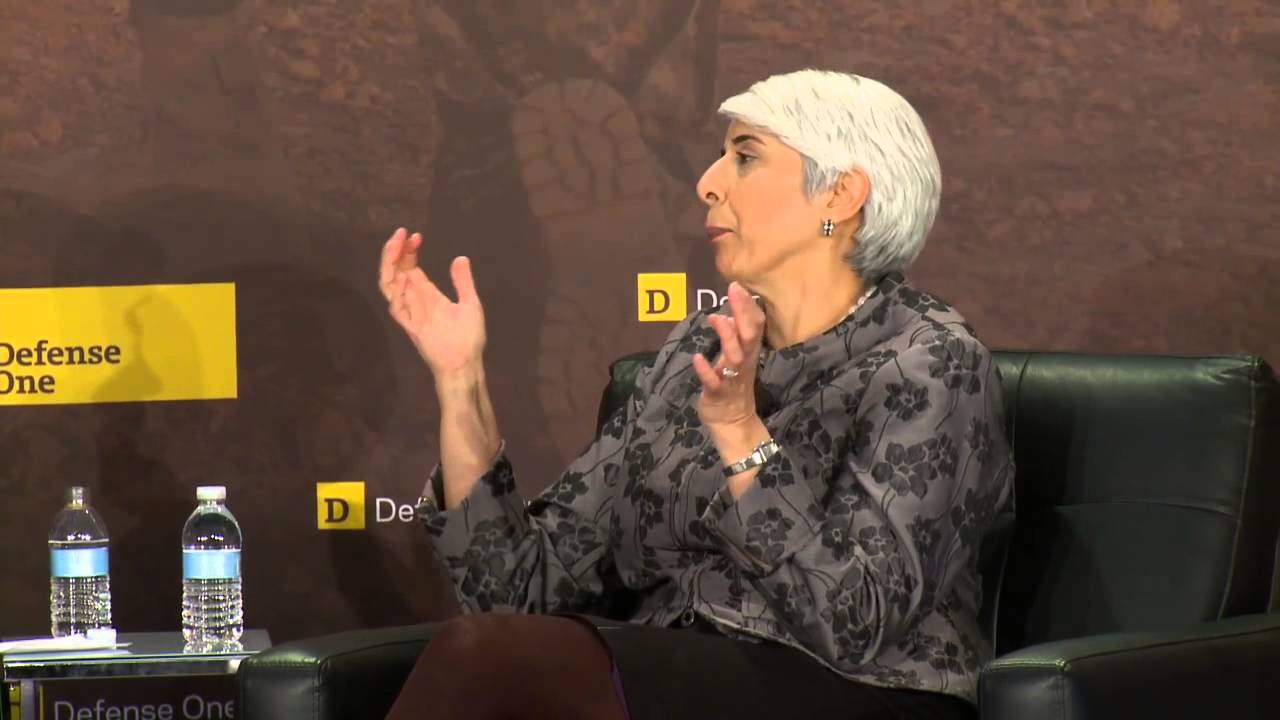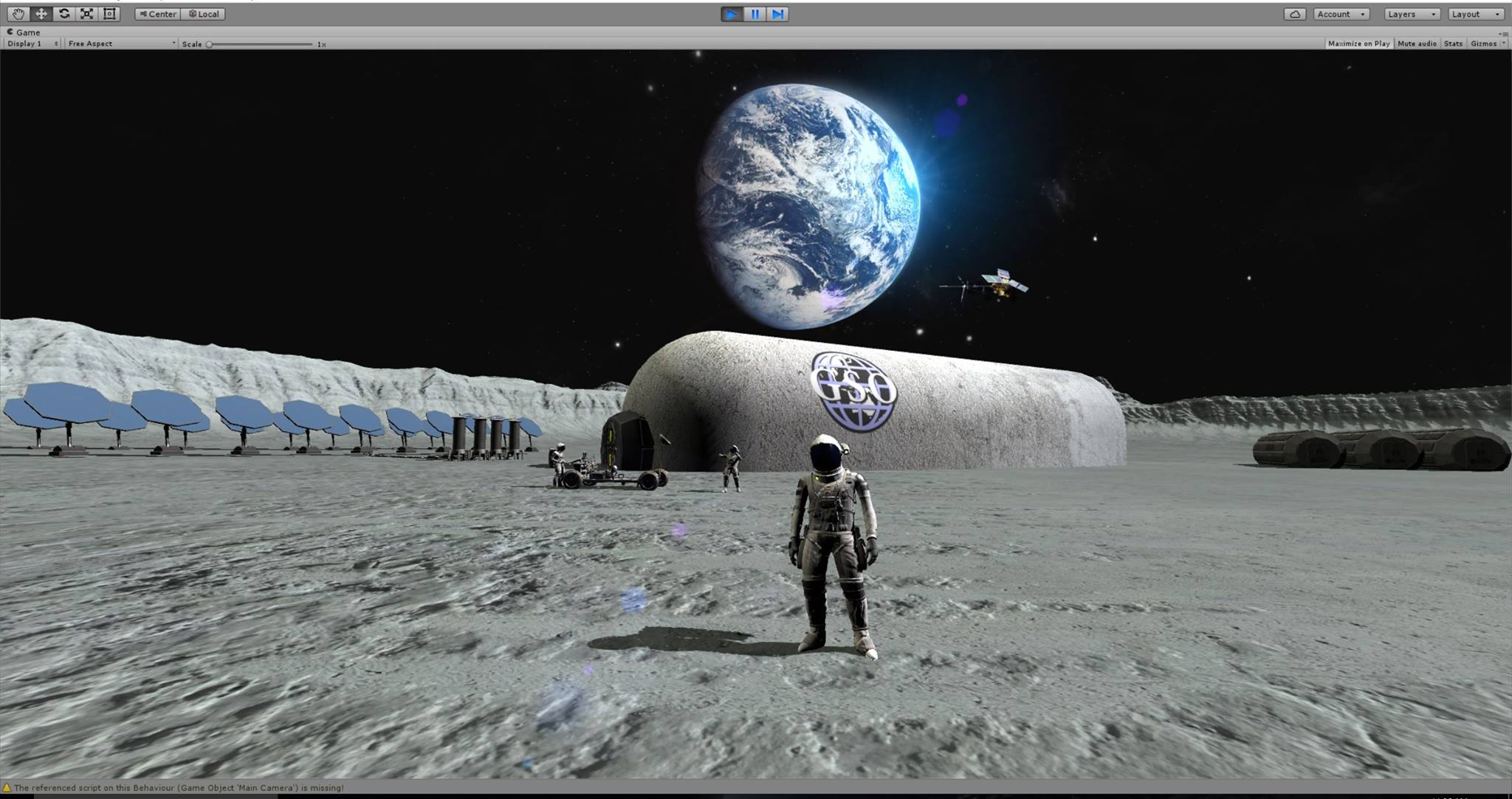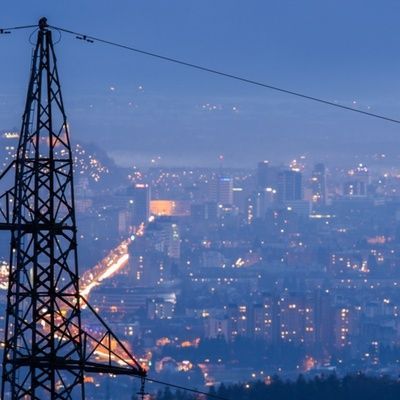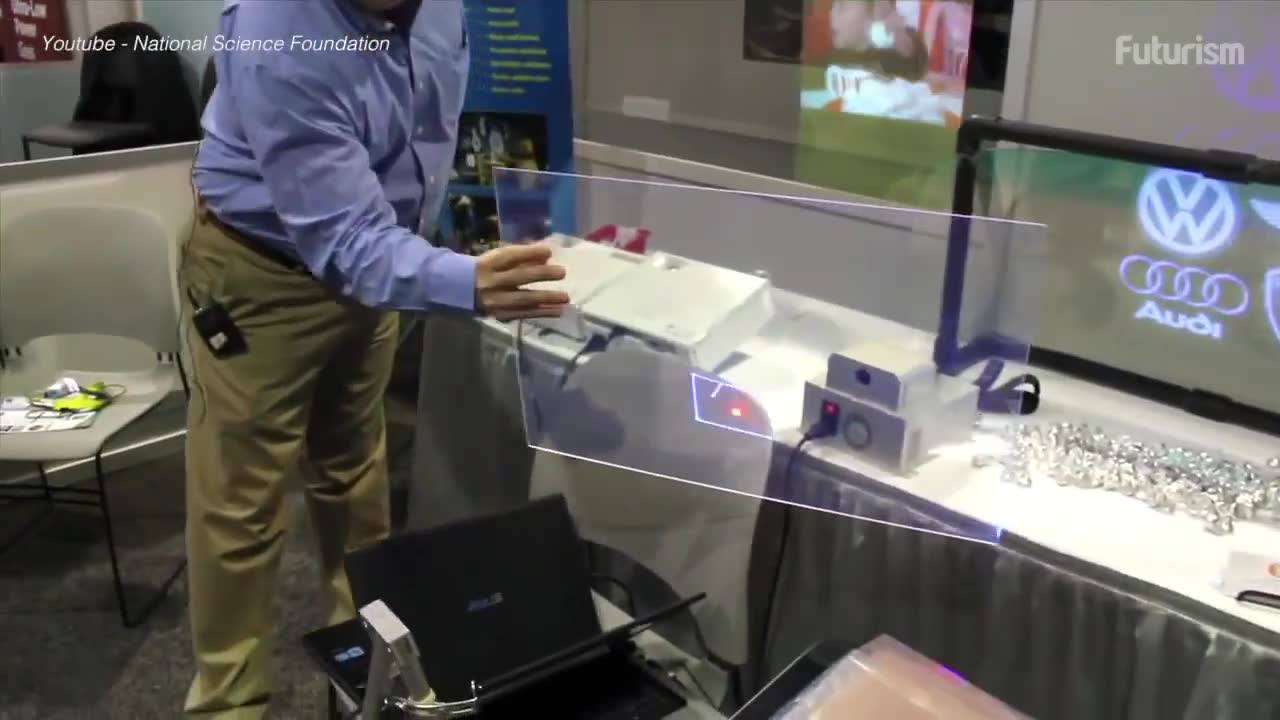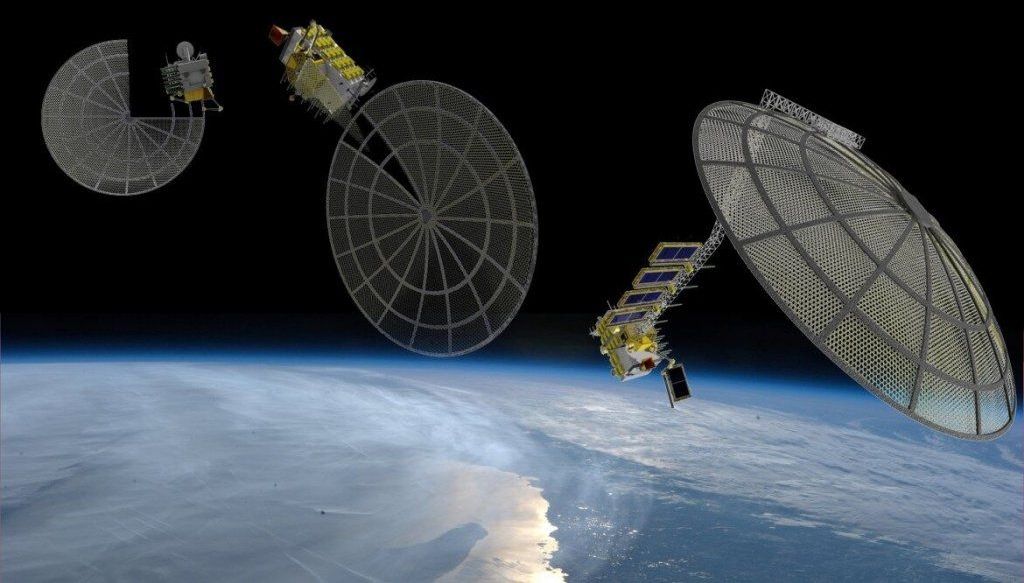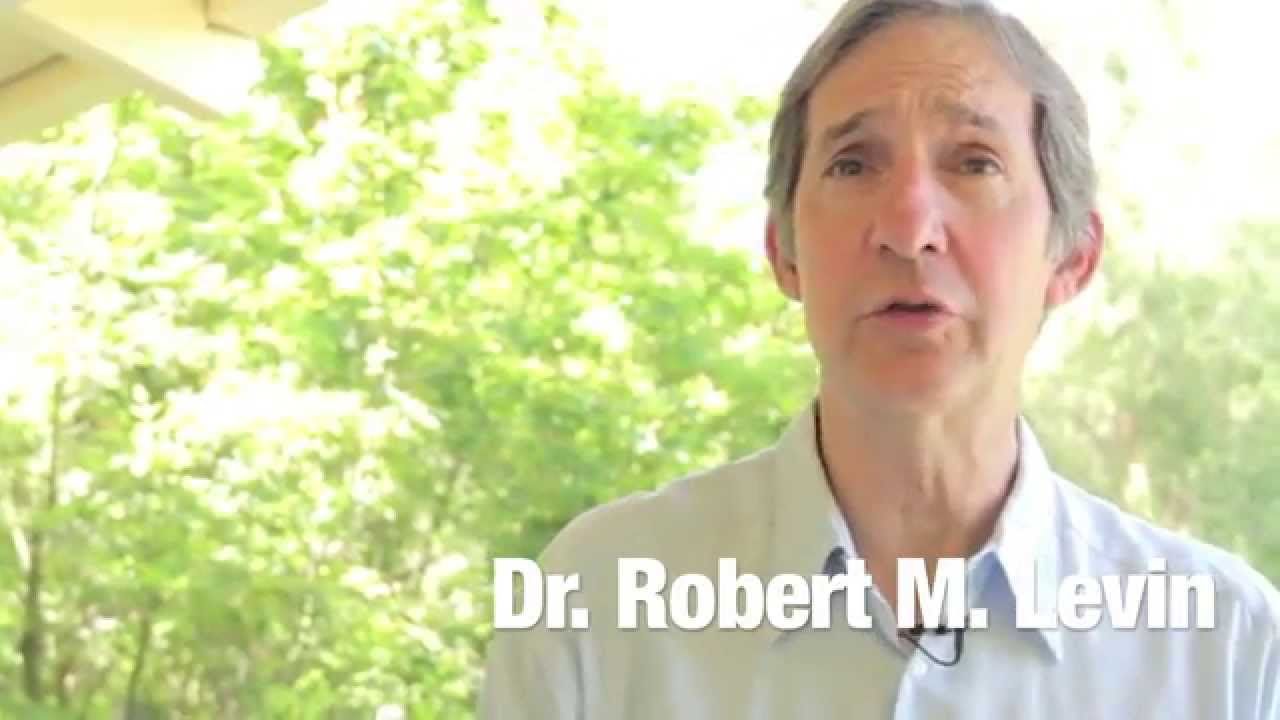Trying to outrun the expiration of Moore’s Law.
As conventional microchip design reaches its limits, DARPA is pouring money into the specialty chips that might power tomorrow’s autonomous machines.
The coming AI revolution faces a big hurdle: today’s microchips.
It’s one thing to get a bunch of transistors on an integrated circuit to crunch numbers, even very large ones. But what the brain does is far more difficult. Processing vast amounts of visual data for use by huge, multi-cellular organism is very different from the narrow calculations of conventional math. The algorithms that will drive tomorrow’s autonomous cars, planes, and programs will be incredibly data-intensive, with needs well beyond what conventional chips were ever designed for. This is one reason for the hype surrounding quantum computing and neurosynaptic chips.
